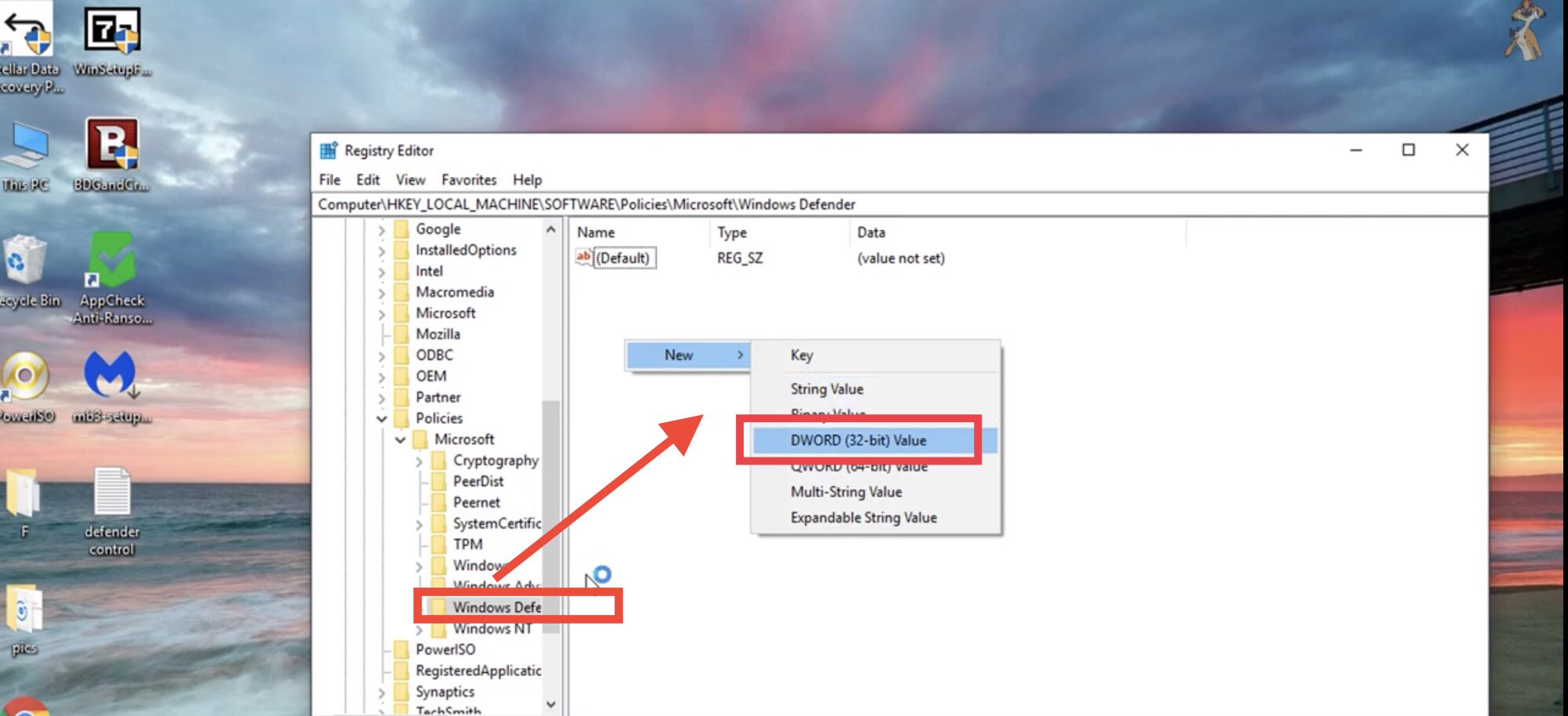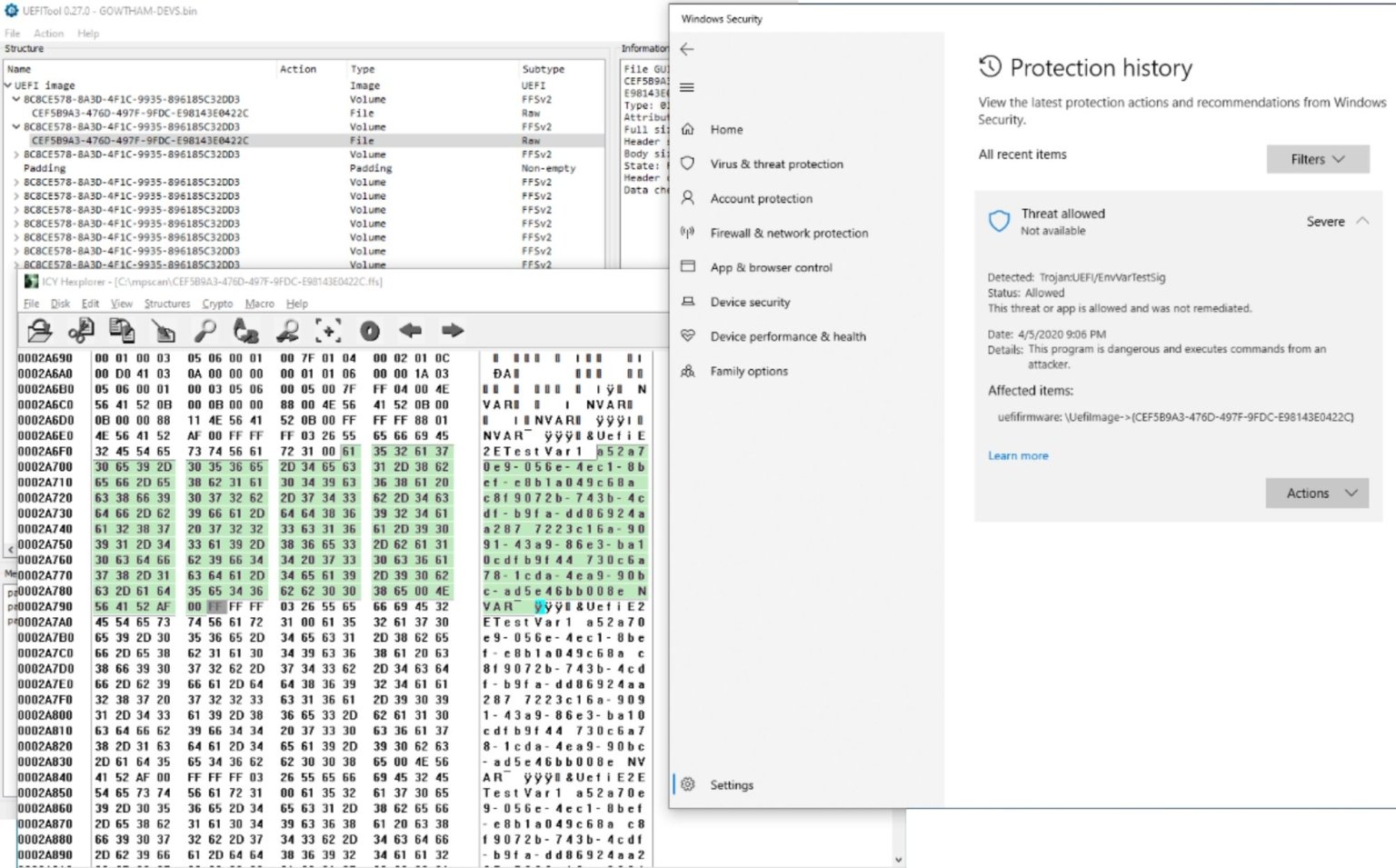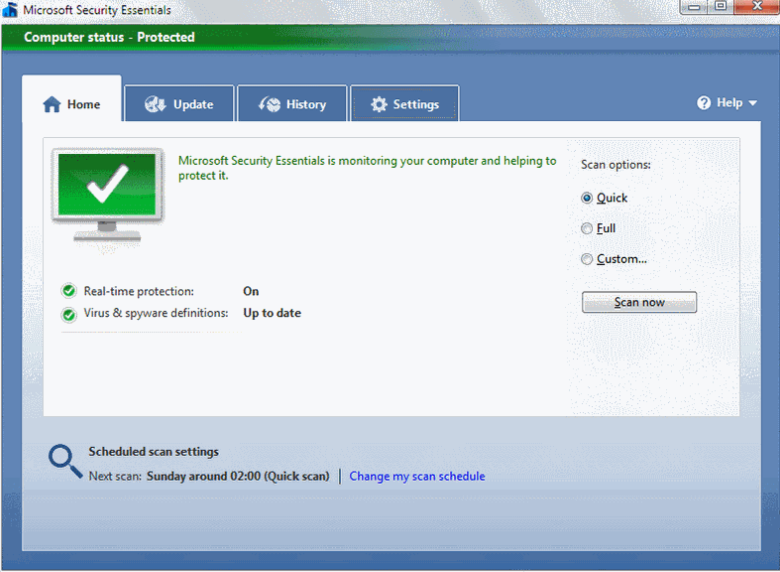

Uninstall the third party AV so Microsoft Defender antivirus can be turned on. If you have a third party AV listed (like Symantec Endpoint Protection) you may see that it is turned on and that Microsoft Defender antivirus is turned off.Check which product is listed as "turned on" under antivirus.From the options on the right, select manage providers under "Who's protecting me?".Confirm Microsoft Defender is the Primary AV Windows 10 and Windows Server 2019 These settings should be available through the "Update & Security" section in the main Settings app, searching for Windows Security or Windows Defender in the start menu, or by searching directly for virus & threat protection. Note: Different versions of Windows 10 may have slightly different steps to access the Microsoft Defender settings. You must uninstall any third party AV before Microsoft Defender can be used as the default AV again.


If you installed a third party AV, Windows Defender cannot be re-activated as the default AV for your system. Microsoft Defender will continue to provide passive scanning capabilities even if a third-party AV is installed. (Some systems may refer to this still as "Windows Defender.") Microsoft Defender comes pre-configured on Windows 10 and Windows Server 2016 to provide standard antivirus (AV) scanning and protection by default. It helps Microsoft and people using Defender in the future more than it helps you.Enabling Microsoft Defender on Windows 10 and Windows Server 2016 and later You can even disable this setting without losing much security as this only potentially helps improving security in the future, it doesn't quite protect you on a regular basis. which in this case is rather unlikely to contain personal information, but maybe it just does it because it's in a user folder. We'll prompt you if the file we need is likely to contain personal information. Send sample files to Microsoft to help protect you and others from potential threats. Windows Security -> Virus & threat protection -> Manage settings -> Automatic sample submission This message happens because you have automatic sampling enabled in: Is this something that is unique? The sample message? Do I have to worry? You can also always scan the file in VirusTotal if it's not big to be almost sure it's not a virus. Process Monitor to be sure which apps write to it in real time, if any.

Inside are some temporary download parts, perhaps. It's a directory in %TEMP% that was presumably created by Microsoft Edge, judging by the name and by the fact that Chromium browsers can have similarly named directories.


 0 kommentar(er)
0 kommentar(er)
